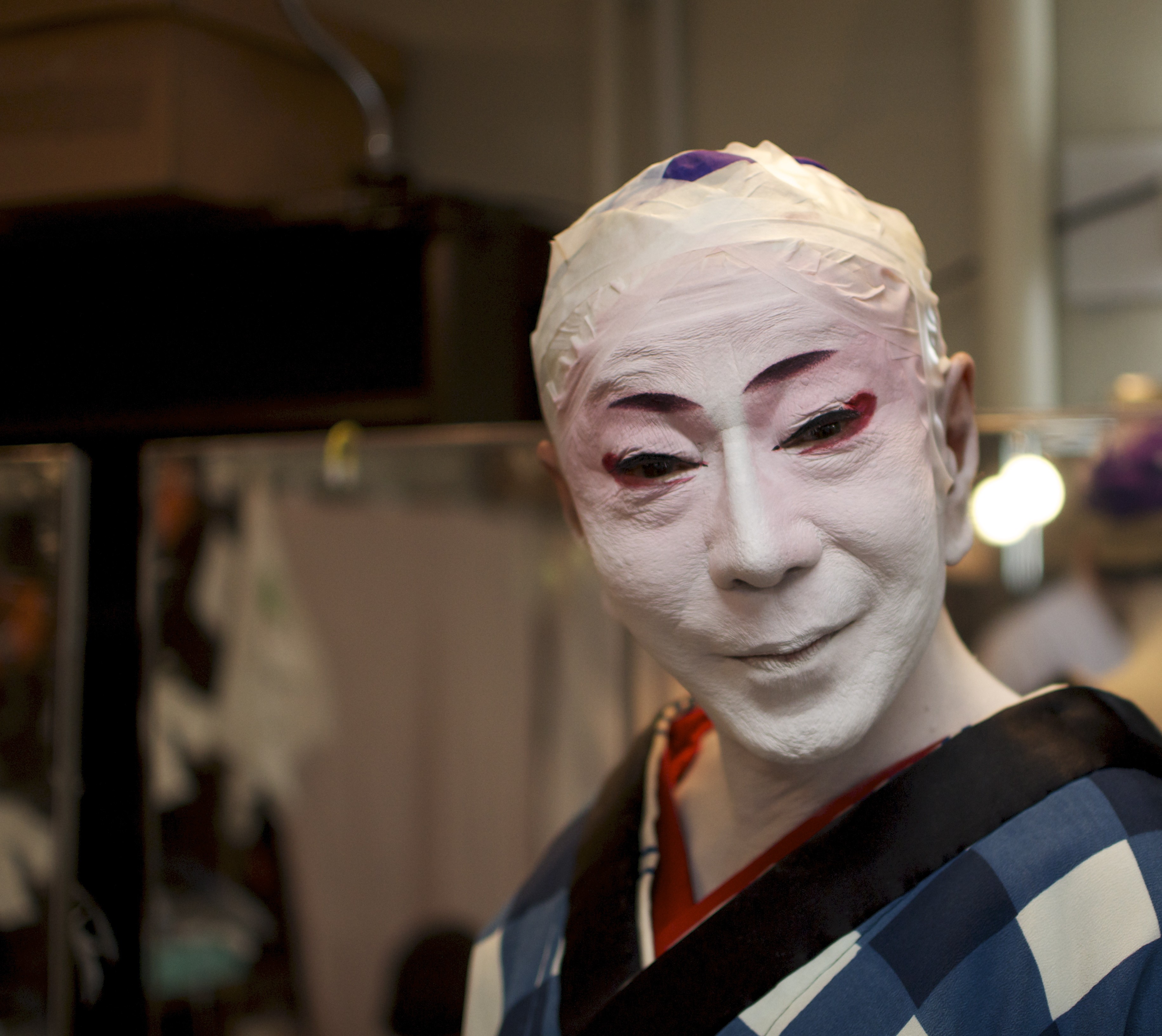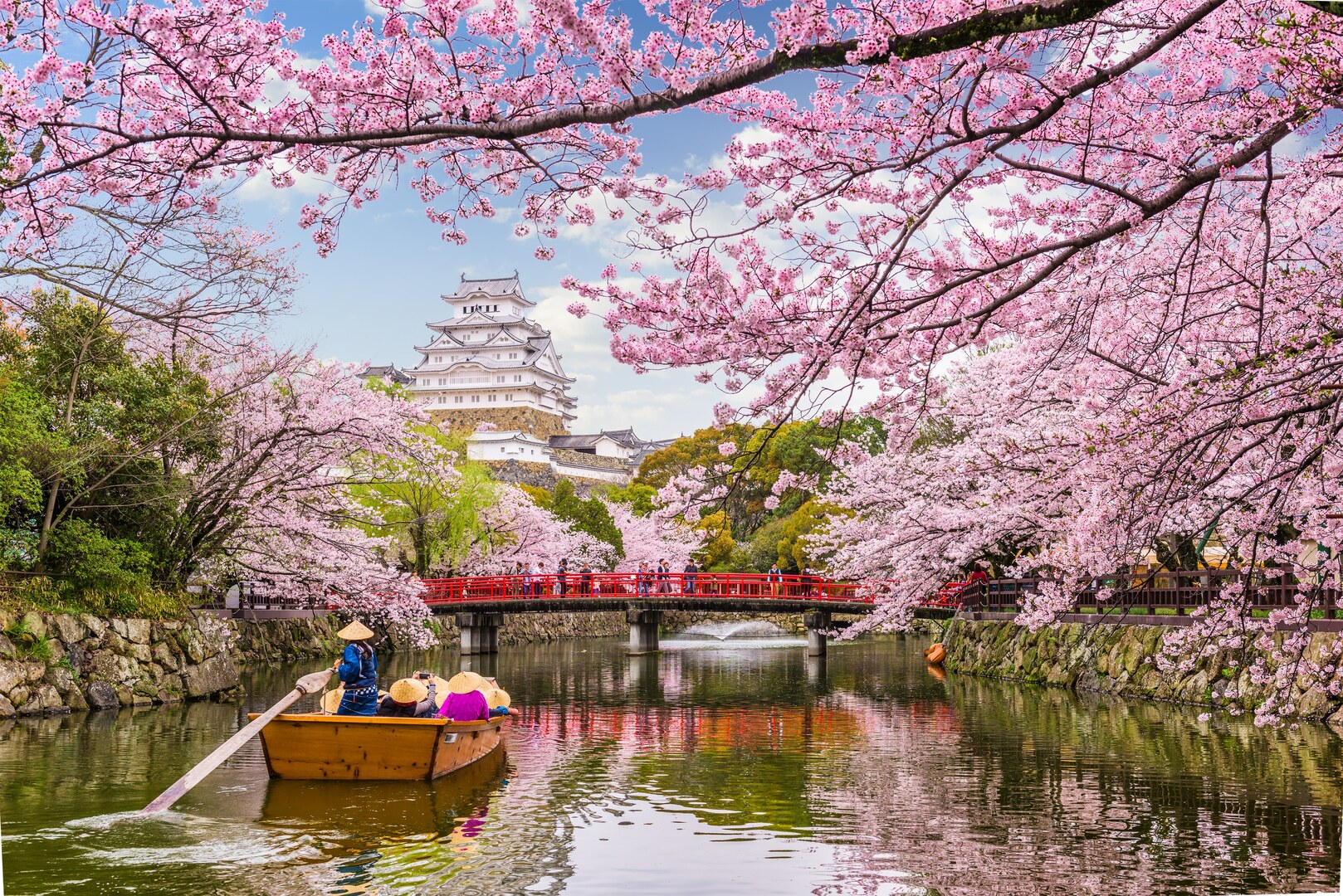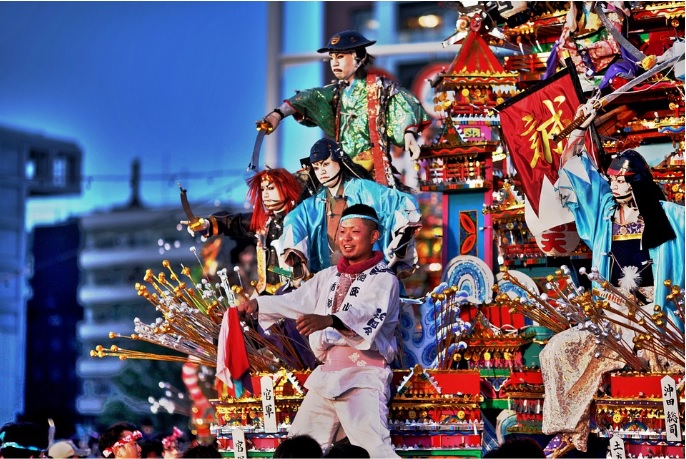
Behind the dominance of the film industry over other performing arts, Japanese artists are still able to maintain and store the beauty and elegance of the archaic theatre tradition, the kabuki.
In fact, a Kabuki performance was featured at the Tokyo International Film Festival last October 2016, wherein Onoe Kikunosuke, a well-known kabuki actor, exhibited the feminity of an onnagata as he portrayed the female role in “Sagi Masume” or “Heron Maiden”.
” ‘Heron Maiden’ is a dance piece that captures all of what is beautiful in the features of an onnagata,” he said in his interview at the Kabukiza Theater, during the Tokyo Film Festival.
So what did Onoe meant with the “beauty of an onnagata”?
What is an onnagata?
Kabuki is actually a traditional play famous for its all male-actors, who usually wear avant-garde yet artistic costumes and character-based make-up styles.
Having an only-male ensemble doesn’t mean that all roles portrayed by this group are only males. Yes, they also play female roles, as depicted by specialized male performers called onnagatas.
Being a onnagata, or oyama as used by others, can be considered as a separate art in itself, due to the actors’ embodiment of the feminity of an ideal lady, starting from the manner of speaking up to the grace in their gestures.
But why don’t they just hire female performers?
There used to be actresses
Onoe Kikugoro XI as Yayoi from Kabuki "Shunkyo Kagamijishi" in c.1920
Kabuki’s nature of being all male was not about the scarcity of women during the time the art was created.
Way back in 1603, Kabuki was actually established as an all-female performance group, calling themselves onna-kabuki. But apparently, the acts, which were supposed to be artistic, turned out to be amorous.
After that, young boy performers or wakashu-kabuki tried to restore the art, but were also banned because of high risks of prostitution.
Later on, yaro-kabuki, a group of adult male kabuki performers, was established to continue the legacy of the theater art. And this is the tradition that has continued up to the present.
So how were they able to sustain the art without ever really including female performers?
Becoming a woman
Onnagatas don’t just portray female roles. The actors embody the feminity not only when inside, but more so, outside the stage.
Embracing the female characters is just the first step, studying the roles and molding the best women that would fit such roles.
Next is the appearance. Wearing majestic kimonos are not enough. The geisha make-up technique is also necessary, incorporating the white base and all the transforming lines and strokes.
They even trained themselves to be comfortable in using high-pitched voices, just like real women.
Most onnagatas started their careers in their childhood, mastering the stage as they grew older.
Notable onnagatas
Bando Tamasaburo in the play, Nihonbashi
Of course, there are onnagatas who shined brighter among the other stars.
One of them is Bando Tamasaburo who became famous in the play entitled Nihonbashi.
His greatness went beyond the stage when he directed the film, Yearning, which was an entry to the prestigious 43rd Berlin Film Festival.
Another one is Nakamura Utaemon VI, who came from a family of famous kabuki actors. His name Utaemon, is actually a status symbol in the world of kabuki. The title can only be passed on to a successor after the death of the kabuki actor.
Utaemon Vi is actually the son of Utaemon V, and is the sixth generation of a famous line of kabuki actors.
Another one is Yoshizawa Ayame, who was also raised and born in a family of onnagata actors. He is one of the most influential ones, with his techniques and secrets published in a book entitled, Ayamegusa.
Nakamura Utaemon VI
Truly, onnagatas can be considered as one of the greatest men in Japanese traditional theatre. They are so great that they are able to showcase the ideal lady, whom no woman could ever be.










